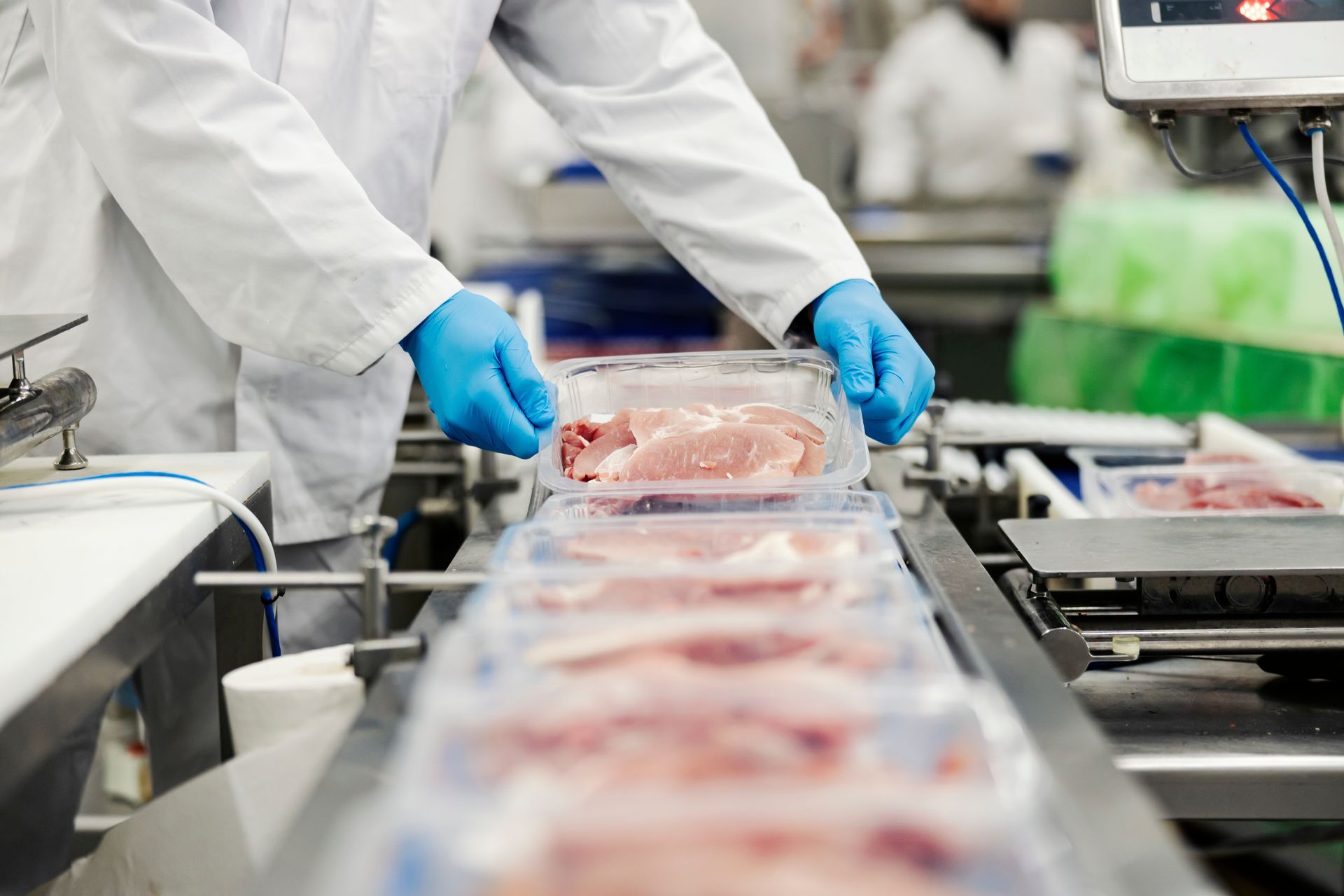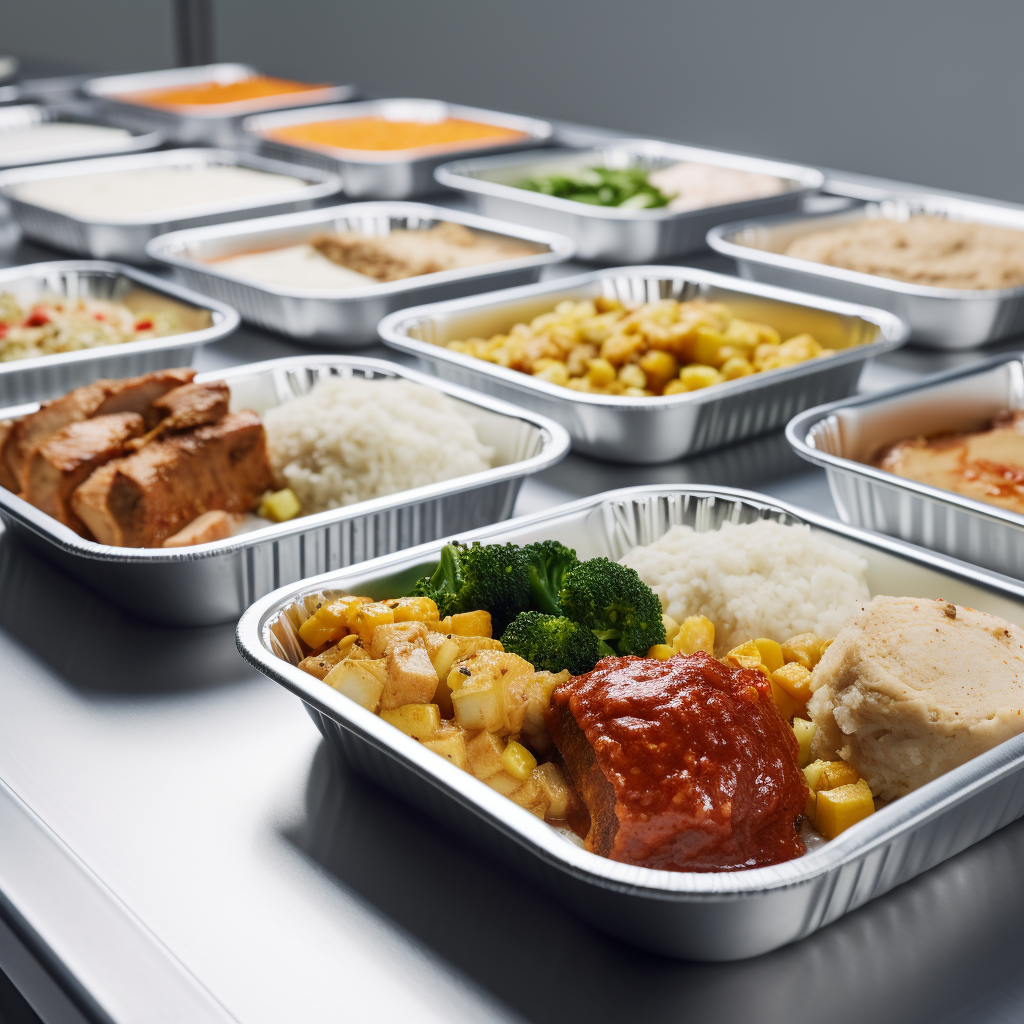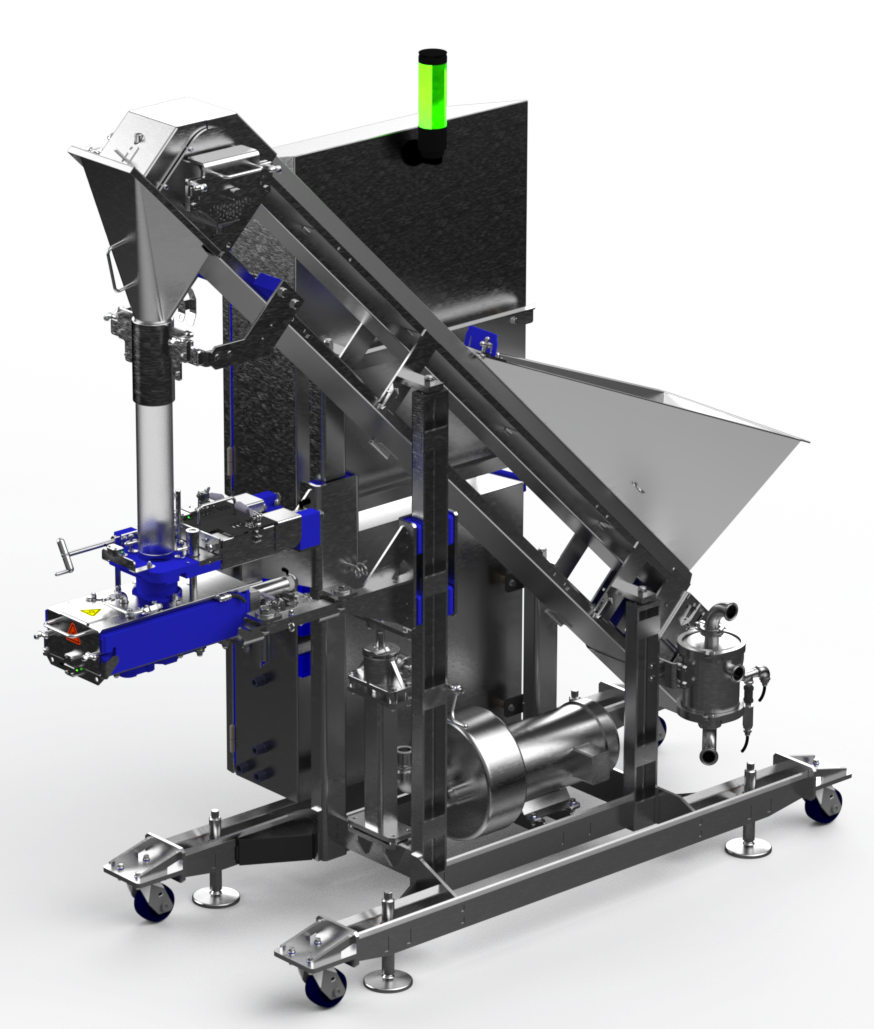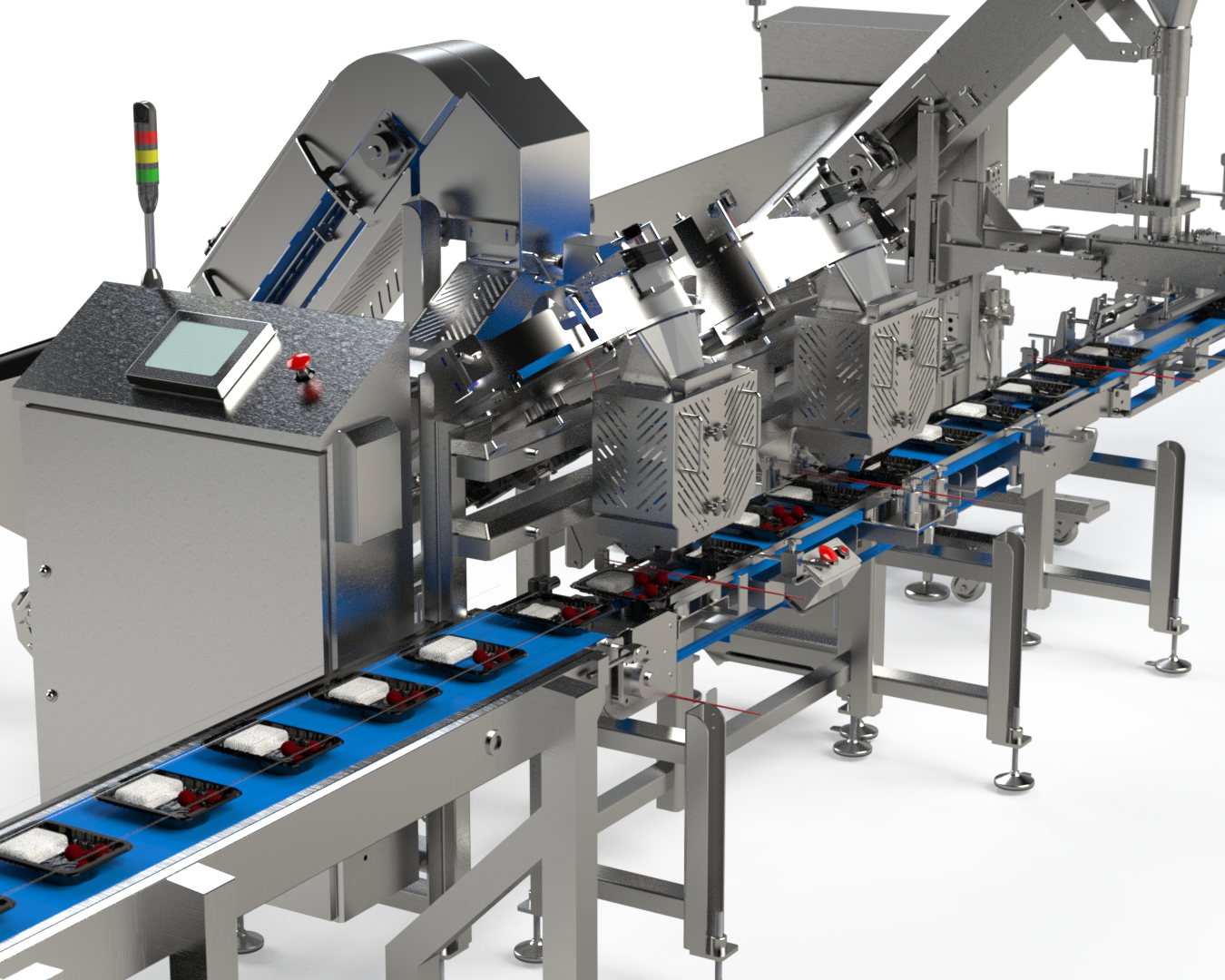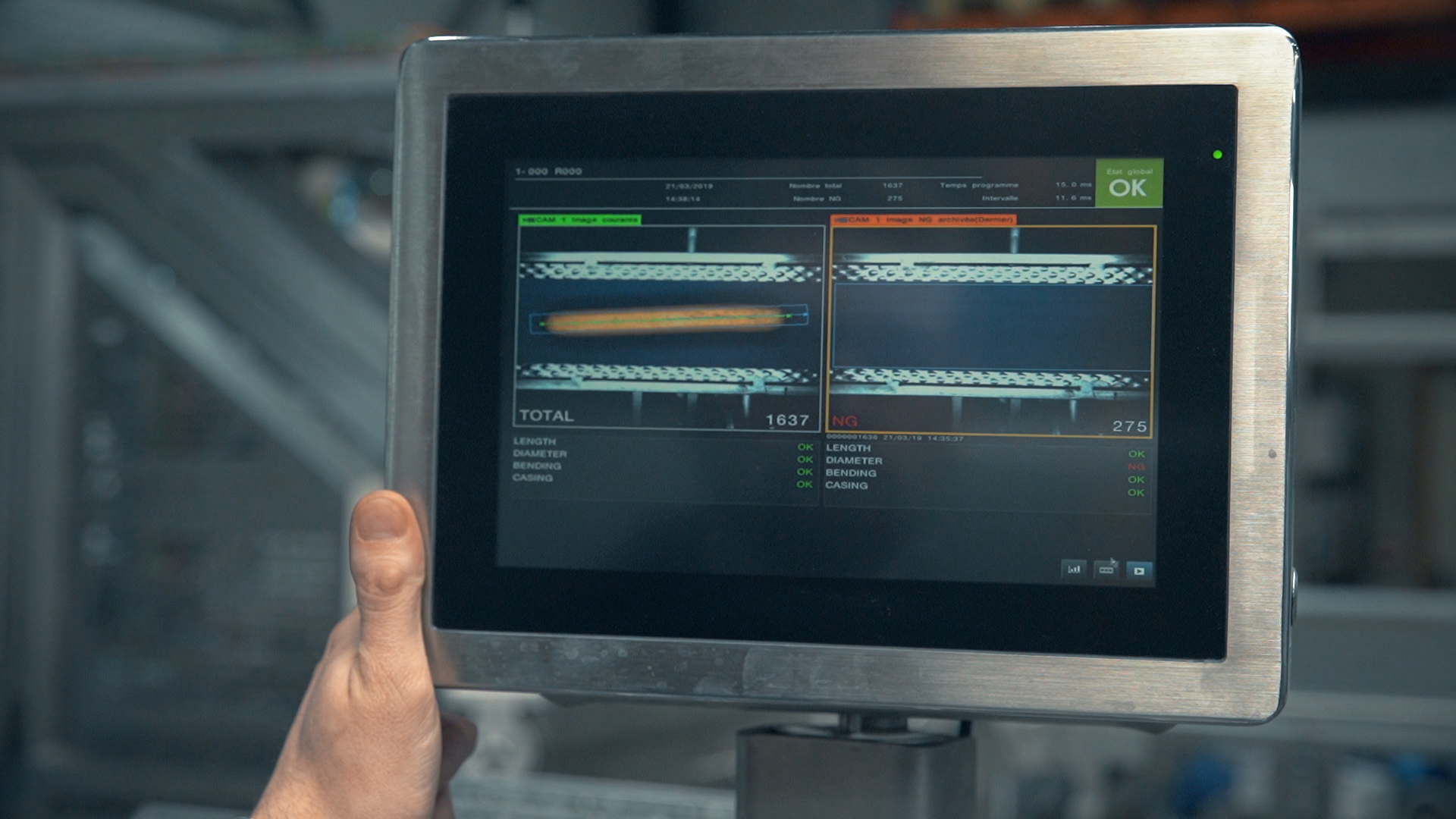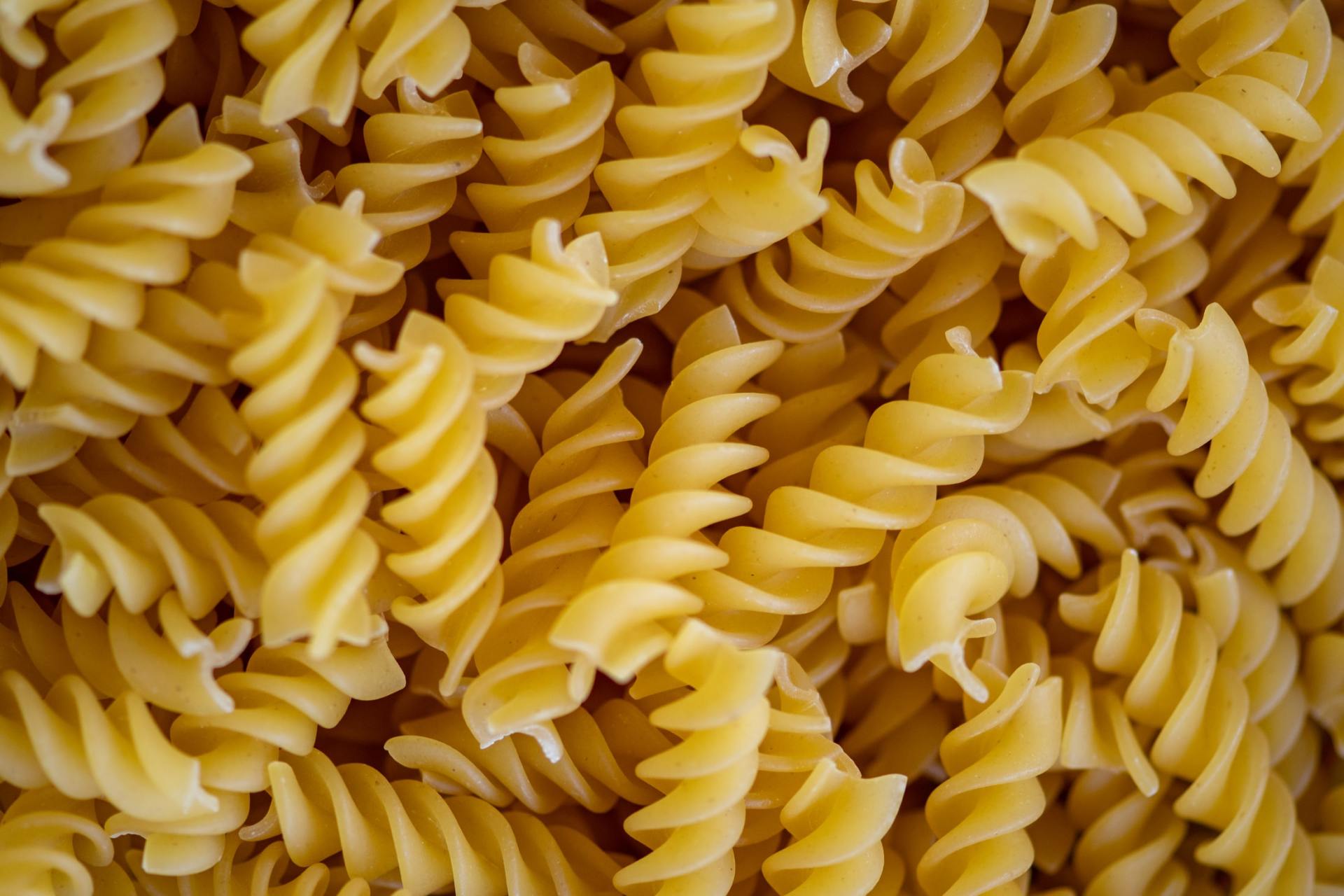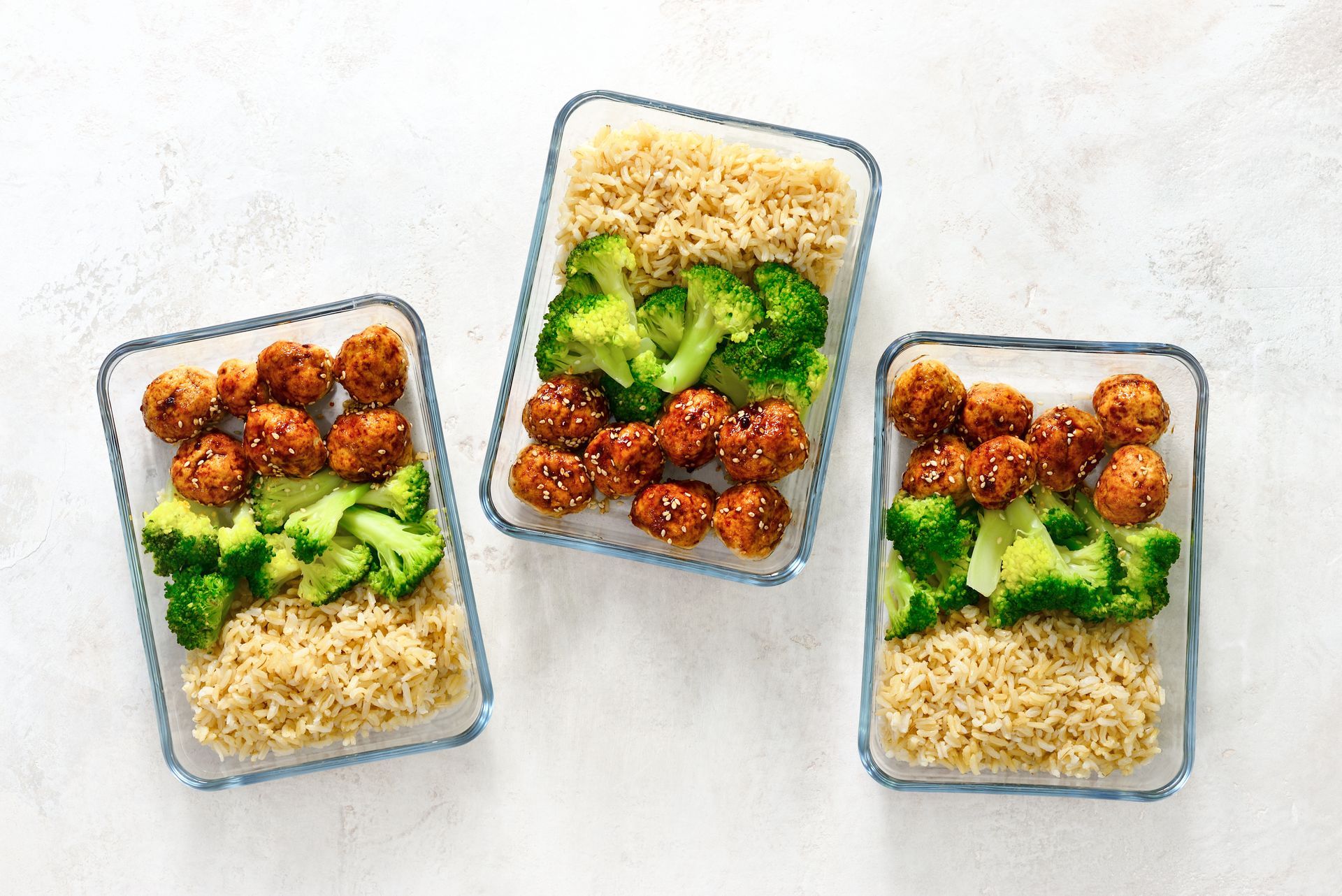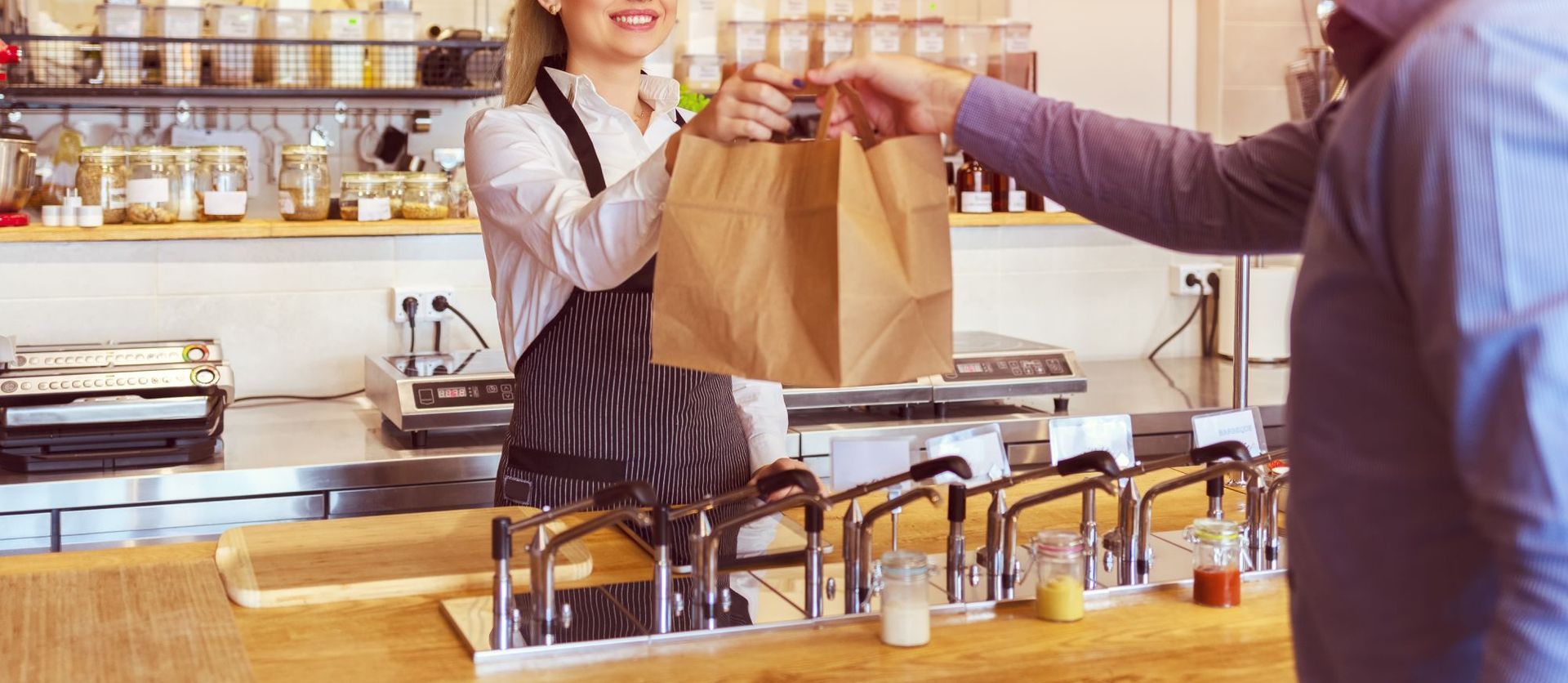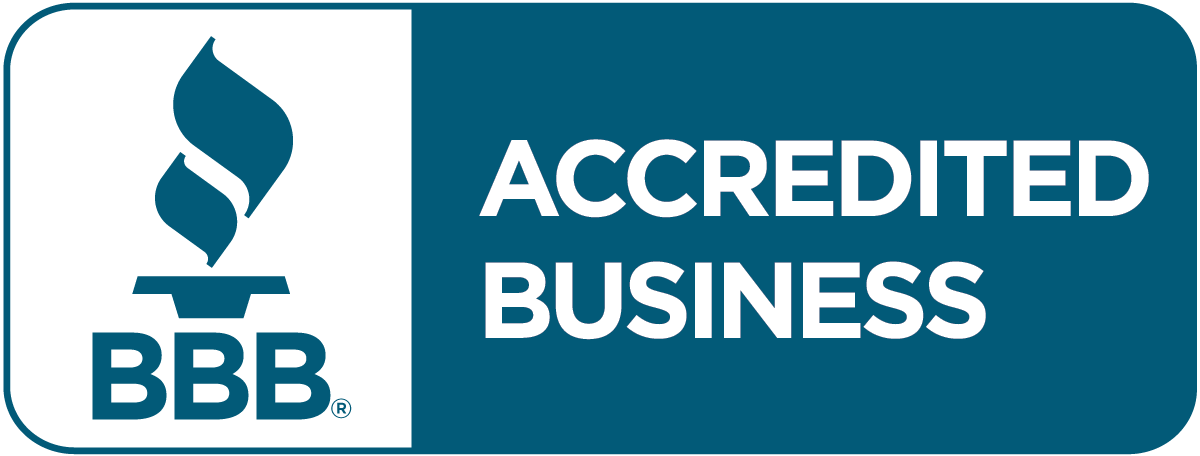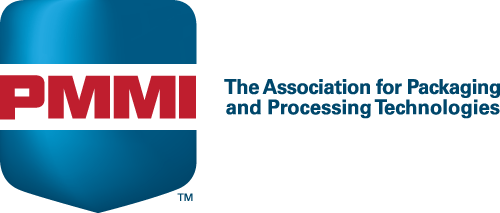A volumetric filler is used to expertly fill bowls. The Multi-Fill MPFSC-120 volumetric filler helps users to deposit even the most difficult-to-fill food products such as cooked spaghetti noodles into bowls. Find out more about the volumetric filler machine below.
How Is Food Packed In Bowls?
Packing machines are used for the safe, fast, and effective packing of food into bowls. These packing machines contain parts needed to fill a variety of products in a food packaging bowl. If you are working with large volumes and need to ensure accurate quantities, a packing machine is essential. Packing by hand or using inferior machines and systems can take time and risk food contamination. A volumetric filler ensures accurate food packing, saves time, and makes the packing process simpler.
How Is a Volumetric Filler Used To Deposit Food Into These Bowls?
A volumetric filler is a system that is designed to meet the challenge of filling large amounts of food products in bowls from various line configurations. The Multi-Fill MPFSC-120 volumetric filler, for example, is designed to fill bowls with large volumes at high speeds, ensuring the correct amount is distributed every time. It is perfect for all food products and even stickier products such as noodles.
The machine works on any existing line and suits most occupants in the food industry. Multi-Fill can manufacture the machine into a particular workspace, providing convenience and efficiency for businesses.
Example Of Food That Is Deposited: Cooked Spaghetti Noodles.
Cooked spaghetti noodles can stay fresh outside for a limited time and therefore need to be stored away quickly. Cooked spaghetti noodles are an example of the type of food that can be deposited quickly into a packaging bowl with the Multi-Fill MPFSC-120 volumetric filler. The filler, therefore, helps industries to provide quality food that meets food industry standards.
Watch The Video Here:
Multi-Fill is a packing machine manufacturer that puts your business’s filling and packing needs first. We do this by providing expertly-designed and long-lasting filling machines fit for your business needs and space. With our MPFSC-120 volumetric filler, your business can fill up to 120 food bowls per minute. Watch the video
here.
View our range of volumetric fillers to fill bowls here or
contact us today for more info!
Designing a food filling line: Product is king
